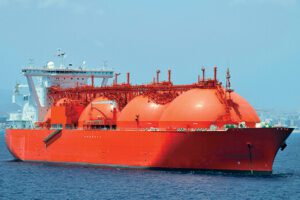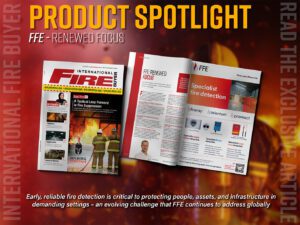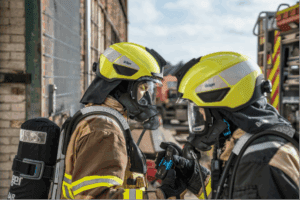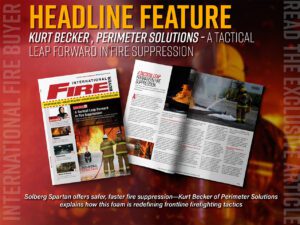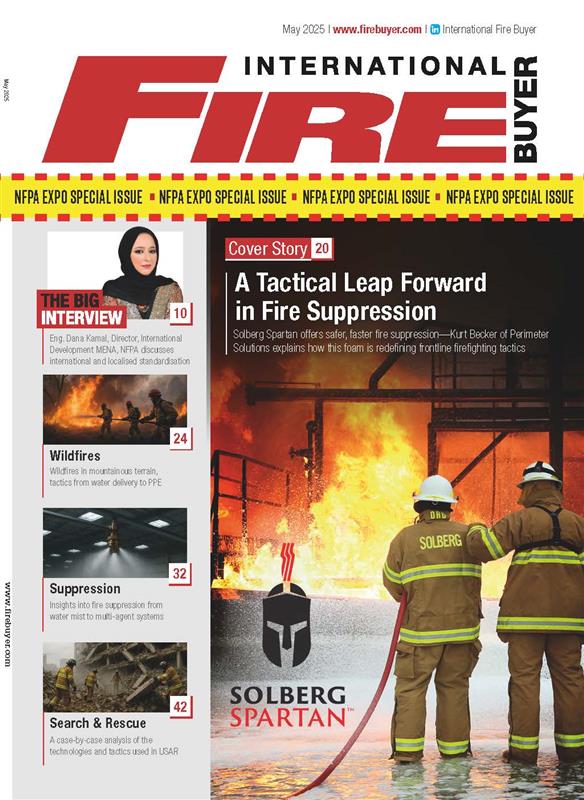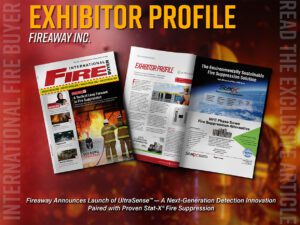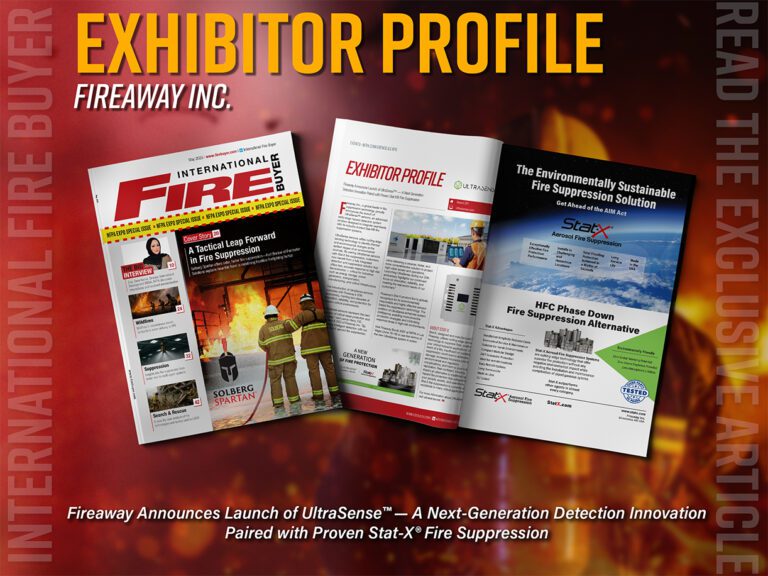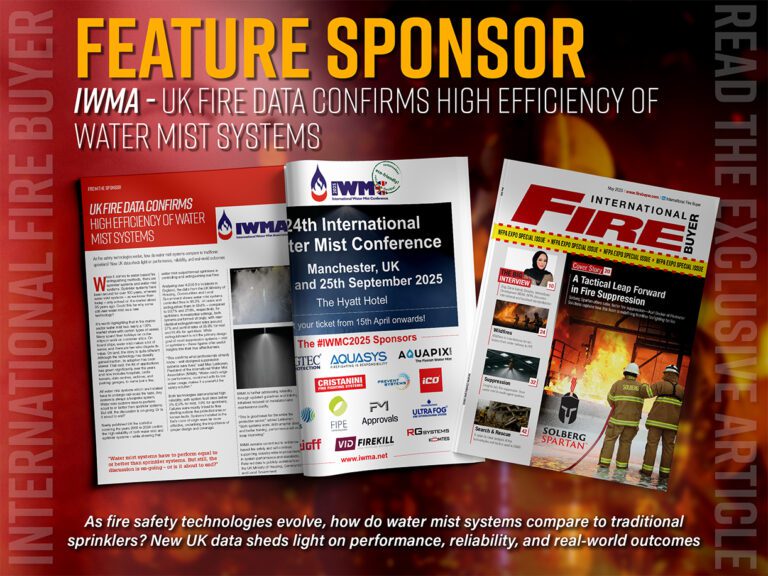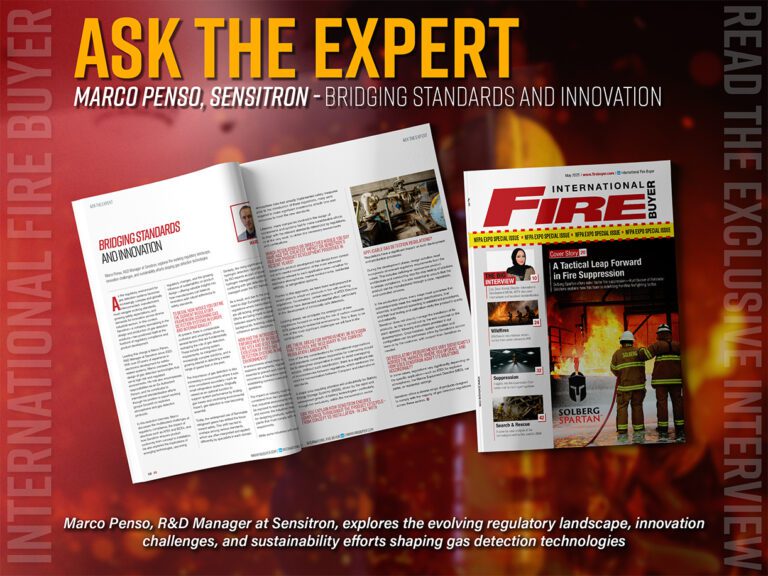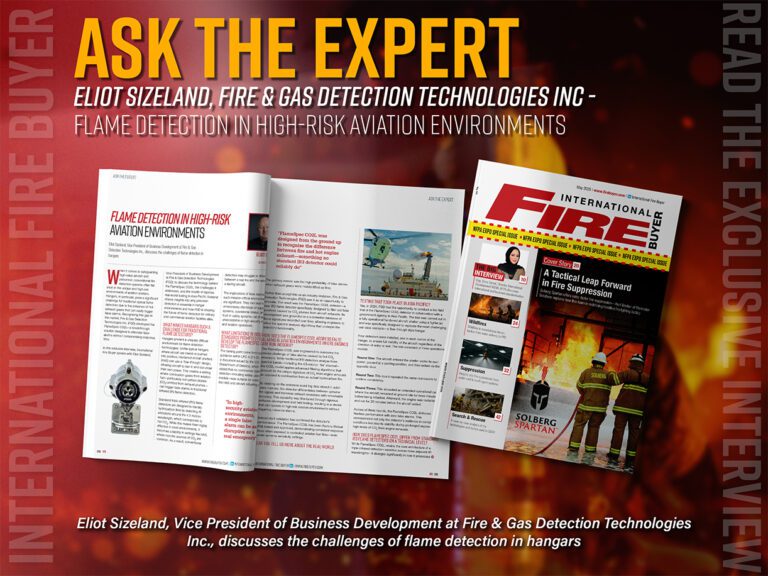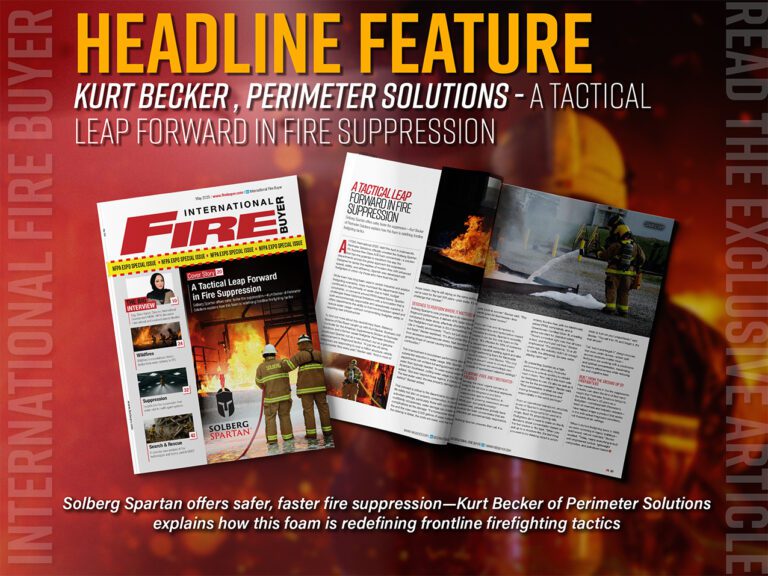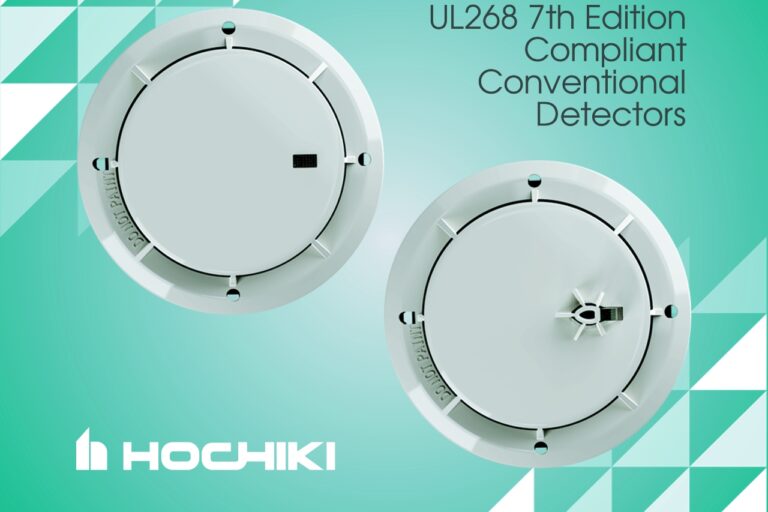Hannah Larvin, Features Editor explores how lightweight firefighting equipment enables agile, efficient responses to urban challenges as cities grow vertically and horizontally
Urbanisation is reshaping the world’s cities, bringing with it a complex set of challenges for fire and rescue services. High-rises are pushing skylines ever higher, while sprawling developments are extending cities horizontally, creating vast, densely populated areas. Multistorey car parks, interconnected residential complexes, and vertical mixed-use buildings are increasingly common, presenting firefighters with scenarios that demand agility, innovation, and endurance. However, as these challenges multiply, fire department budgets frequently fail to expand proportionally, forcing departments to prioritise technological advancements over manpower increases.
This shift is driving a growing reliance on lightweight, multifunctional equipment. From self-contained breathing apparatus (SCBA) to personal protective equipment (PPE), hoses, nozzles, and rescue tools, lightweight designs are transforming the way firefighters operate in urban settings. This feature explores how advancements in lightweight firefighting equipment are enabling fire departments worldwide to meet the evolving demands of modern urban landscapes.
Adapting to Vertical and Horizontal Urban Growth
High-rise buildings, by their very design, present unique challenges. Fires in these structures often originate in hard-to-reach areas, such as upper floors or basements, requiring firefighters to navigate narrow stairwells or lifts that may be rendered inoperable by the fire. At the same time, horizontal urban sprawl, such as attached complexes and vast industrial estates, forces firefighters to cover greater distances to access affected areas.
Despite these challenges, many fire departments operate under constrained budgets, limiting their ability to expand their workforce or invest in traditionally heavy and expensive equipment. Instead, departments are turning to innovative, lightweight solutions to maximise efficiency and minimise firefighter fatigue. The need for equipment that is not only portable but also durable, adaptable, and easy to use is more urgent than ever.
A hypothetical example illustrates this need: a fire breaks out on the 25th floor of a high-rise building. With the lifts non-operational, firefighters must carry essential equipment up multiple flights of stairs. Without lightweight tools, the physical strain could delay the response, reducing the chances of a successful rescue and suppression.
Lightweight SCBA
Self-contained breathing apparatus (SCBA) is a vital component of a firefighter’s kit, providing the breathable air needed to operate in smoke-filled environments. Traditional SCBA systems, however, are heavy and can significantly increase fatigue, especially during vertical operations. Modern SCBA designs are addressing this issue by focusing on lightweight materials and ergonomic construction.
To discover more about the importance of lightweight technology in SCBA, Fire Buyer caught up with James Cooper, Director, AMS Composite Cylinders. Cooper stated, “As urban landscapes expand both vertically and horizontally, firefighters face increasingly complex challenges. High-rise buildings with dozens of storeys and sprawling developments put a premium on firefighting and fitness skills. It also makes choosing the right equipment essential. Lighter, more portable equipment is crucial for first responders when every second – and every kilogram – counts.
“The best SCBA (self-contained breathing apparatus) cylinders need to be lightweight and durable. Type 3 carbon composite cylinders are up to 35% lighter than traditional aluminium cylinders, shaving significant weight from the loadout, and enabling firefighters to go faster and further. For example, AMS 6.8L cylinders are used by fire services worldwide and weigh just 3.9kg. Filled at a high pressure of 300 bar, these cylinders offer up to 35 minutes of air.
“In addition to being lightweight, the best cylinders have been specifically designed to withstand the dangers of hazardous field conditions, offering exceptional flame and impact resistance. With lightweight innovations, firefighters worldwide are better equipped to navigate the evolving demands of modern firefighting, reaching new heights with greater safety and efficiency.”
Manufacturers such as AMS Composite Cylinders have pioneered the use of composite materials for SCBA cylinders, dramatically reducing their weight without compromising capacity or durability. Similarly, MSA Safety’s G1 SCBA integrates lightweight design with advanced features such as thermal imaging and communication systems, enabling firefighters to work more efficiently in complex environments. 3M Scott Safety has also made significant strides with its Air-Pak X3 Pro, which offers enhanced comfort through optimised weight distribution and streamlined profiles.
These advancements demonstrate how lightweight SCBA can alleviate physical strain, allowing firefighters to conserve energy for critical tasks. Such equipment is particularly beneficial in high-rise scenarios, where the ability to ascend stairwells quickly and with minimal fatigue can mean the difference between success and failure.
The Role of Lightweight Mobility Aids
When lifts are unavailable, stairwells become the primary access routes for firefighters. Carrying hoses, tools, and other equipment up multiple flights of stairs is physically demanding, underscoring the importance of lightweight mobility aids.
Innovations such as The Bowring Tool simplify hose advancement, combining multiple functionalities into a single, lightweight device. Tracked stair-climbing aids are another area of development, with motorised devices enabling firefighters to transport equipment without expending excessive energy. Lightweight hose reels designed for portability further assist in ensuring rapid deployment of hoses in vertical environments.
These solutions exemplify how lightweight mobility tools are transforming operations in high-rise and mid-rise buildings. By reducing the physical burden on firefighters, these tools not only improve efficiency but also enhance safety during prolonged responses…..
To read the full article, see our November issue here.
Never miss a story… Follow us on:
LinkedIn: International Fire Buyer
Twitter (X): @Firebuyer
YouTube: @FireBuyerTV
Media Contact
Rebecca Spayne Managing Editor, International Fire Buyer
Tel: +44 (0) 1622 823 920
Email: [email protected]



